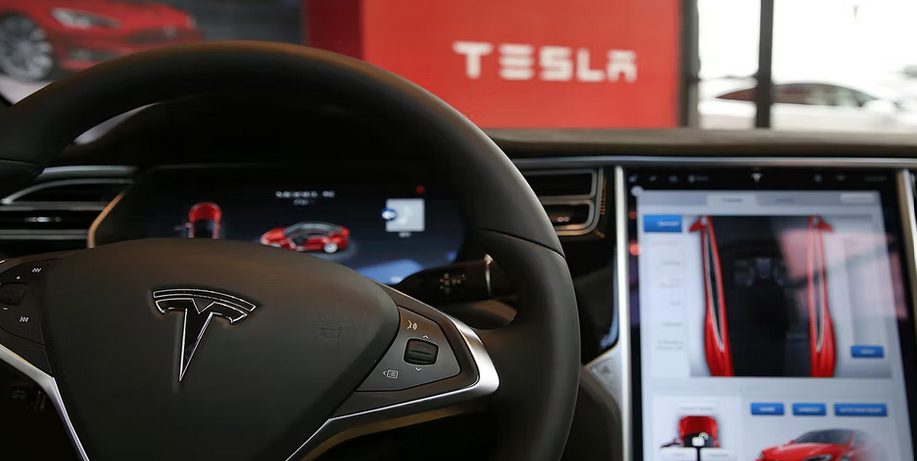Tesla Investigated over Phantom Braking 416,000 Cars Involved
NHTSA is looking into complaints of trouble with the automated emergency braking system in 2021 and 2022 Tesla Model 3 and Model Y electric vehicles.
The National Highway Traffic Safety Administration announced this week it has opened an investigation into over 400,000 Teslas—all 2021 and 2022 model year Tesla Model 3 and Model Y electric vehicles—for problems with their automated emergency braking systems.

This isn’t the first time Tesla has had to deal with NHTSA about its potentially faulty AEB technology. In October, Tesla recalled almost 12,000 of its EVs because an over-the-air update caused communication problems between two chips that help run the AEB systems.
Other automakers, including Nissan and autonomous shuttle company EasyMile, have also had problems with their AEB systems.
New technologies can lead to new problems, for which we sometimes have to invent new terminologies. In the automotive world, the growing number of cars with automated emergency brake capability has led to something called “phantom braking,” which is when the AEB system thinks it needs to brake in order to prevent a collision, but there’s actually nothing there to hit.
This week, the National Highway Traffic Safety Administration (NHTSA) said it has received 354 complaints from Tesla drivers concerning these unexpected automatic braking incidents over the past nine months. NHTSA said that Tesla drivers have reported “that the rapid deceleration can occur without warning, at random, and often repeatedly in a single drive cycle.”
The issue potentially affects around 416,000 vehicles, all 2021 and 2022 Tesla Model 3 and Model Y electric vehicles, and the rise in complaints broadly tracks Tesla’s shift away from multi-sensor perception systems that use both radar and cameras to the new Tesla Vision system that relies solely on cameras. Since May 2021, Tesla has not installed radar sensors in its Model 3 and Model Y cars built for the North American market.
Tesla CEO Elon Musk still champions the camera-only system, tweeting last December that “Whereas radar has trouble seeing small pedestrians, they’re obvious to Tesla Vision.” NHTSA’s Office of Defects Investigation has opened a Preliminary Evaluation into the issue and said it is not aware of any crashes or injuries related to the issue.
NHTSA said at the time that the problem was an over-the-air software update that introduced a communication problem between two onboard chips when the vehicle would come out of Sentry mode or Summon Standby mode. At these times, one of the chips could remain in a low-power “sleep” state, NHTSA said, with the effect that the video neural networks that operate on one of the chips then wouldn’t correctly communicate with the other chip and then “run less consistently than expected.”
When this happened, an affected vehicle could incorrectly identify objects around it, and this happened enough times that Tesla drivers soon reported a noticeable increase in the number of problems with forward-collision warnings and AEB events. Tesla told NHTSA it resolved the issue with a follow-up OTA update.
